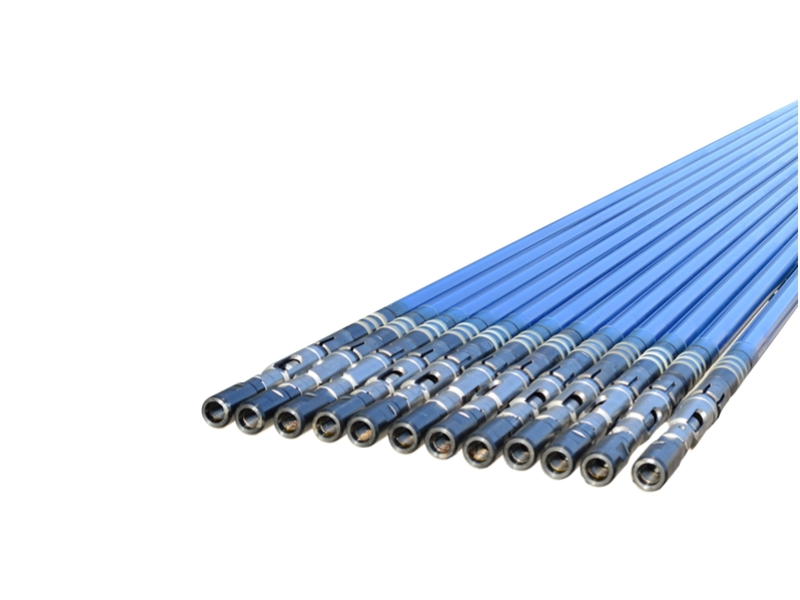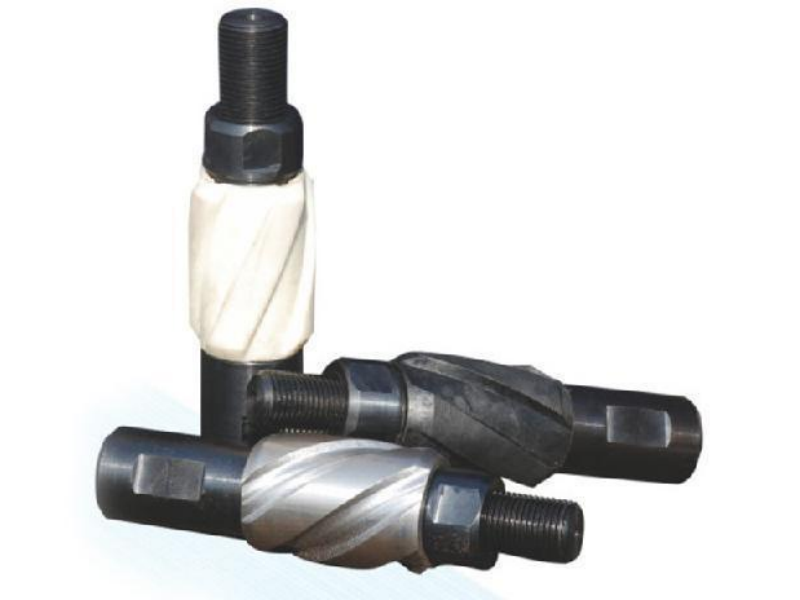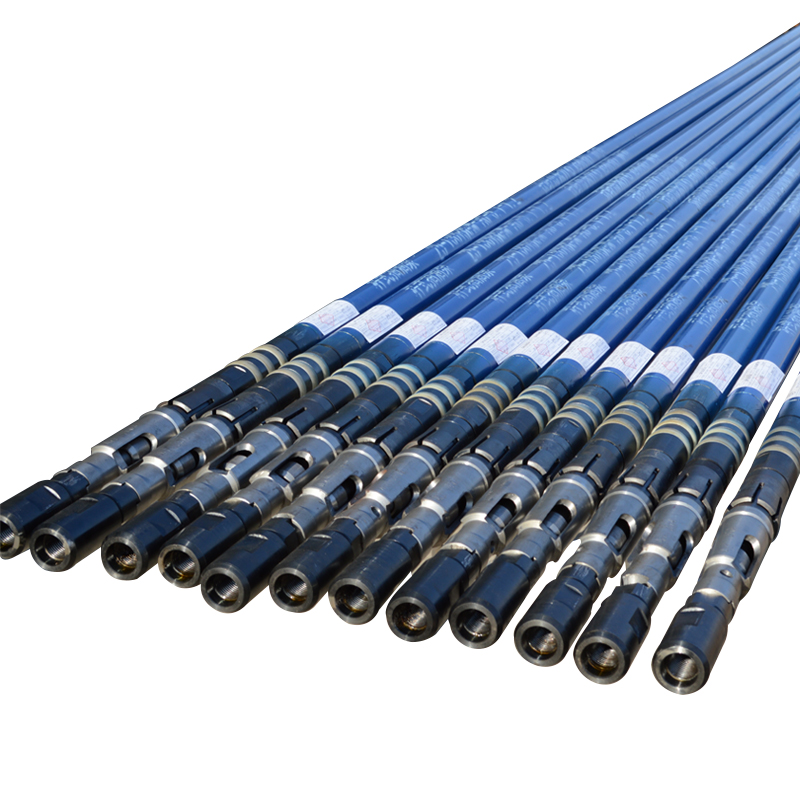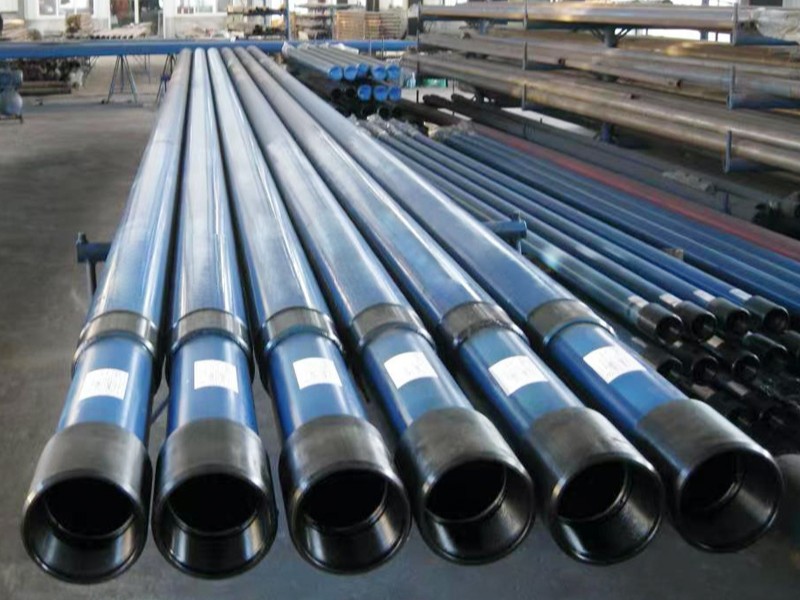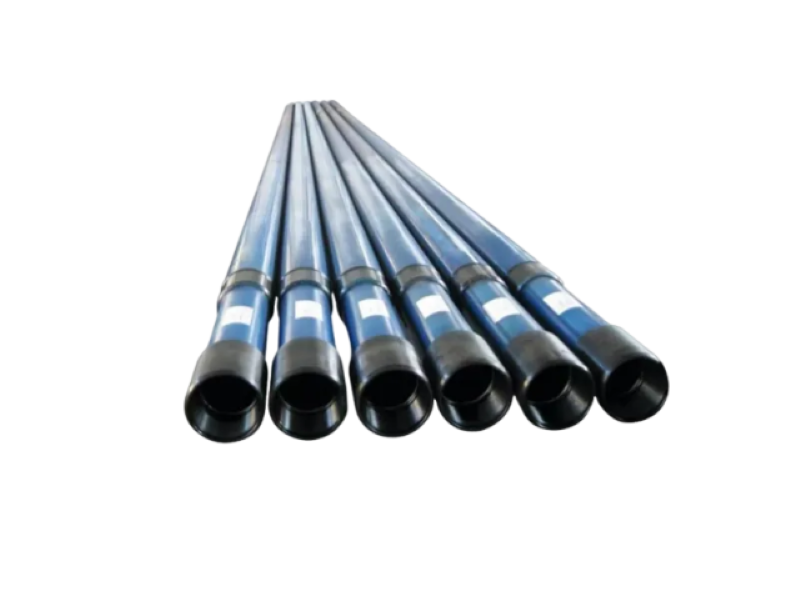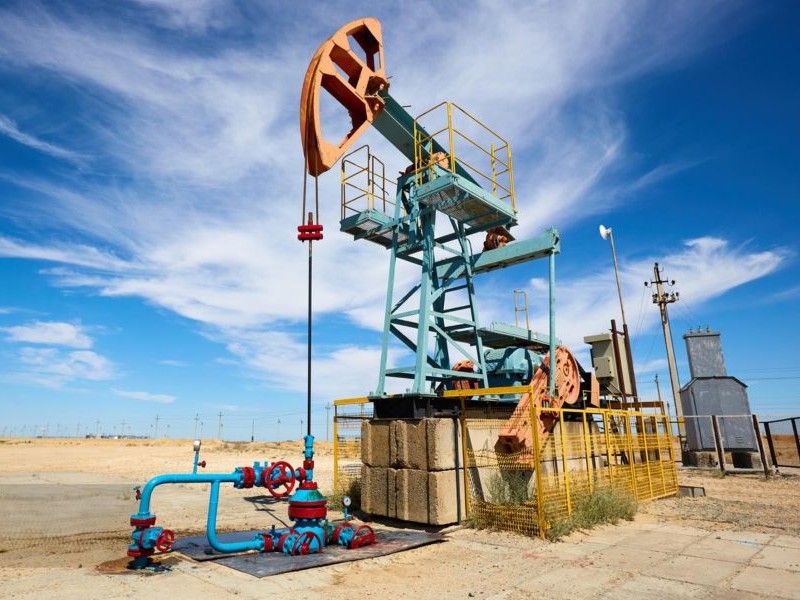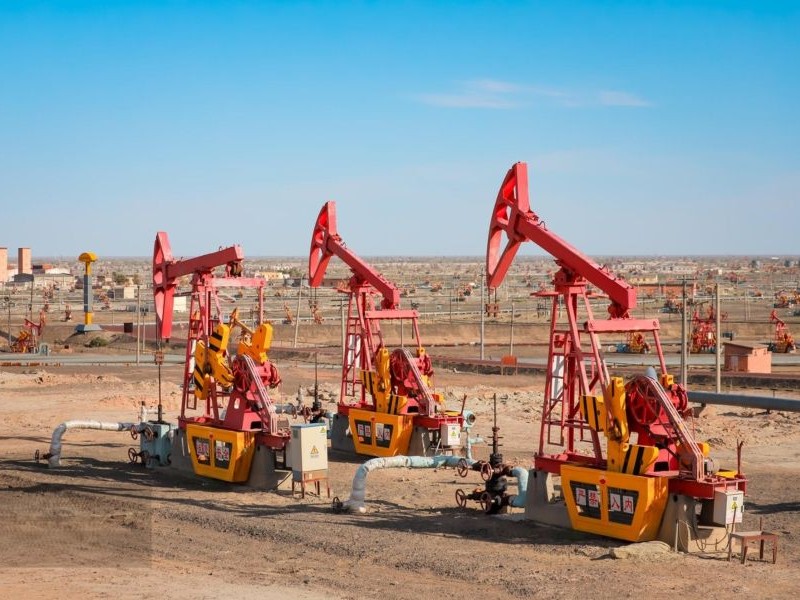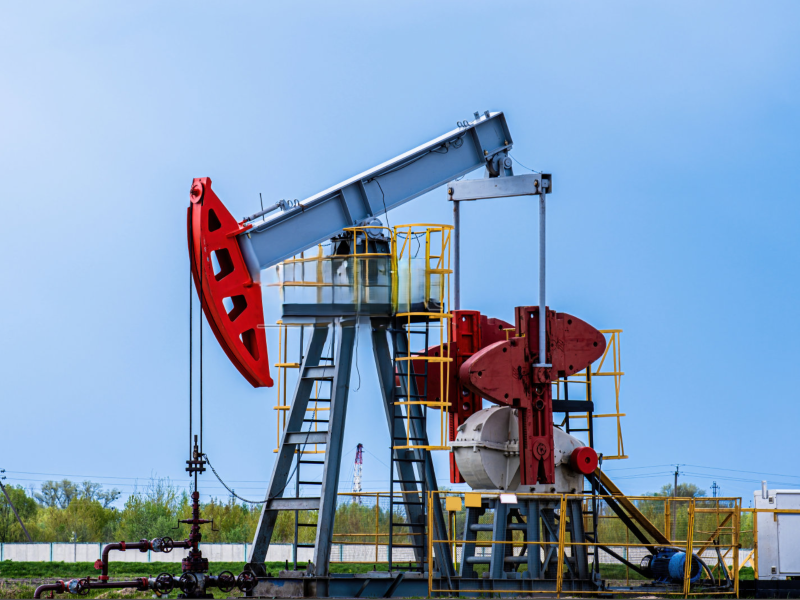11-04/2025
In oil extraction, the material selection of spiral sucker rod centralizer directly affects the operation and maintenance cost and production efficiency of oil wells. The performance of spiral sucker rod centralizer of different materials is obviously different, and its core value can only be realized by combining the scientific selection of well conditions. We, Dongsheng Petroleum, have been engaged in the field of oilfield equipment for many years and have conducted in-depth research on the application characteristics of spiral sucker rod centralizer of various materials. We will start from the three mainstream materials of metal, polymer, and composite materials, analyze the advantages and disadvantages of different materials and applicable scenarios, and provide a reference for oilfield companies in the selection of types.




